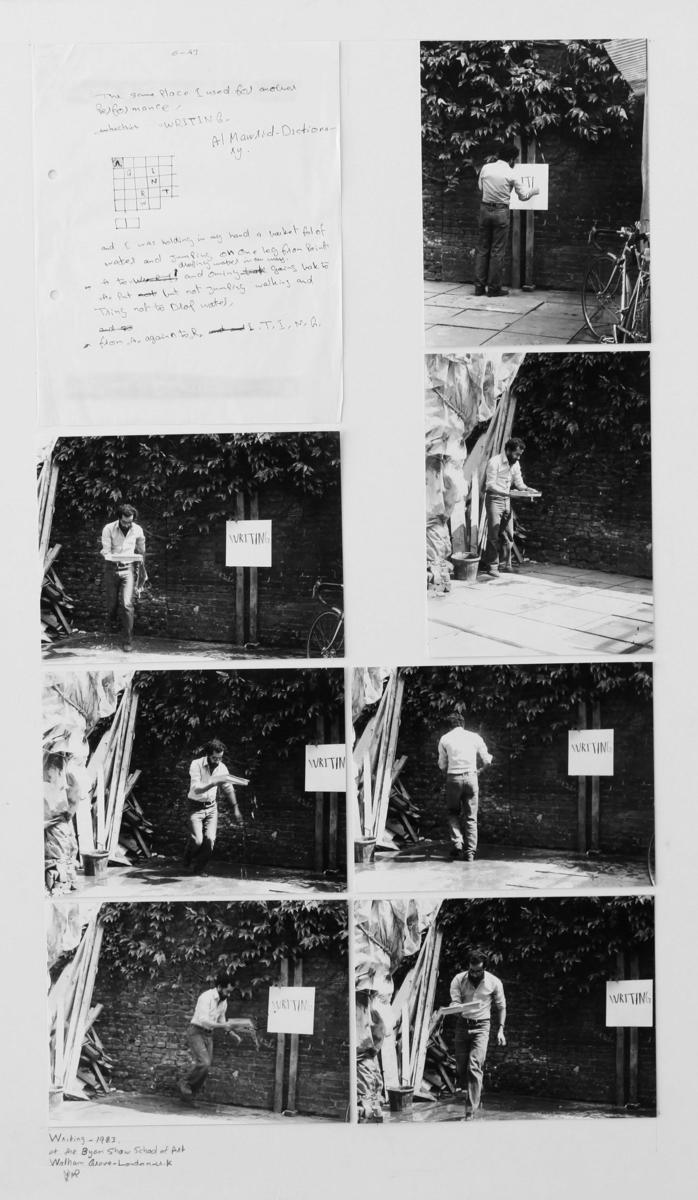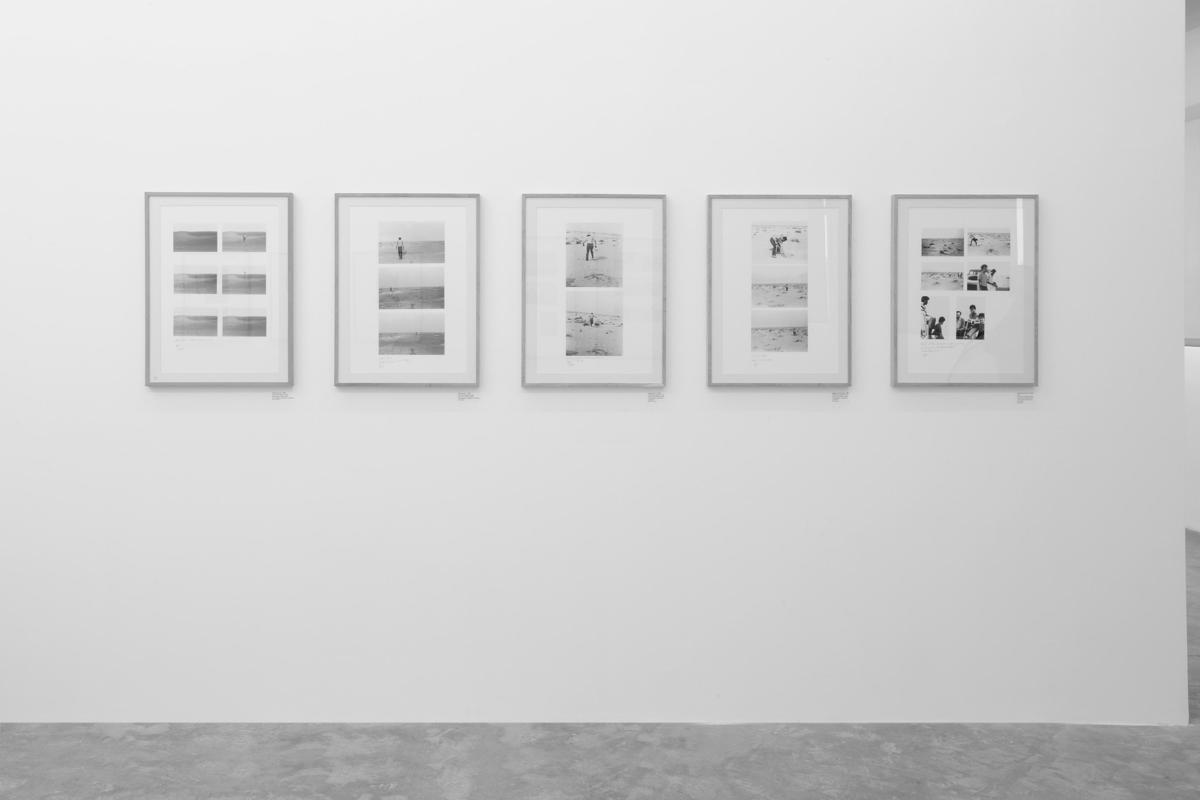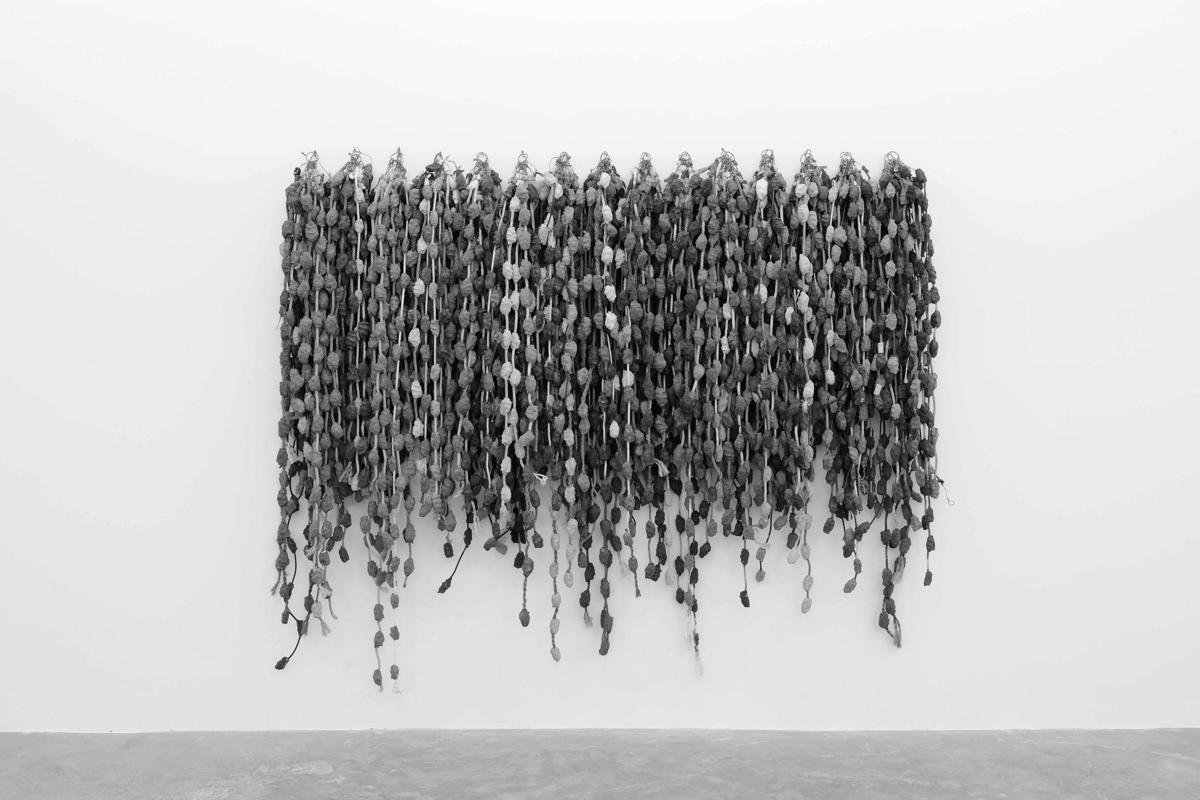
Beirut
Hassan Sharif: Works 1980–2012
Sfeir-Semler Gallery
March 29–July 21, 2012
It is not entirely uncommon to hear critics assert that there was no art in the Gulf before abundant petro dollars made the billion-dollar Saadiyat Island and newly acquired art collections possible. Born in the early 1950s, the artist Hassan Sharif just might destabilize that idea. Variously heralded as Gulf, Arab, modern, or firmly international, the ways in which Sharif has been branded, circulated, and finally, exhibited tell us a story about the art world’s insistence on provenance. Still, it might be more pertinent to consider the complex conditions and multiple geographies that made his work possible in the first place. When wandering through his decades-spanning retrospective at the Sfeir-Semler Gallery in Beirut, one can’t help but think intently about lineage, influence, and imitation. What contexts and progression of ideas led to the formation of particular periods in the work? What are the conditions that made this work possible?
In the early 1980s, Sharif studied at Warwick College and the Byam Shaw School of Art in England. Upon return to his native Dubai, he founded Group of Five, the Al Marija Art Atelier in Sharjah, and the Dubai Atelier for Youth with students and like-minded artists — the first platforms of their kind dedicated to experimental art practice in the Emirates. Influenced by chance and order theory, and the pregnant desolation of the desert in which he often worked, Sharif began drawing, making objects, and carrying out performative experiments. While his early work undoubtedly benefited from the absence of institutional structures in the Emirates, formally it appears to owe much to, say, the documented performance experiments of Vito Acconci, British Constructivism, and the Fluxus movement. In other words, Sharif is of the Gulf, but he hasn’t existed in a historical vacuum either.
Carefully walking around his very uneven Beirut show, more a mix-and-match of diverse works than a focused presentation of particular periods or practices, one has the distinct feeling of being in the presence of an artist — in perhaps the most basic, artisanal sense of the word. Between the 1980s and the 2000s, Sharif engaged in all manner of projects: documenting, assembling, weaving, collecting, painting, and, perhaps most compellingly, inventing intricate systems and methodologies. Take for instance his sculptural and multimedia objects. Although some were made in the last few years, such as Spoons no. 1 (2012), Fleur de Lys, Mirror, Weave, and Four Bright and Three Fine, (all from 2008), these metallic assemblages of spoons, bullets, steel wires, duralumin, aluminum and copper pots, spare faucet parts, mugs, fishing nets, and more sometimes look and feel like the raw, “unworthy” materials and primitive, modest play of Arte Povera. Though his theory-inflected writing is said to play an integral role in his work, these objects, familiar as they are, do seem to arise from a genuine (albeit inconsequential) interest in the materials themselves — in plasticity and the multiple arrangements and unfixed molecular identities of objects that go on to produce other uses. This is also evident in everyday objects he has wrapped in iron and copper. A literal blurring of art and life, these semi-wrapped sculptural objects (ashtray, hammer, toilet brush) are at once a comment on those objects themselves and on the labor or commoditization they imply, but also exist as banal, everyday objects turned into sculptures. In these works, Sharif communicates that even the most mundane workings of life can yield works of art — even if they’re sometimes an eyesore.

Sharif ’s work in the 1980s, in the meantime, reveals an obsessive focus on process and formulation, and the ways in which they may lead to shape and abstraction. One might well coin this the artist’s “algorithmic period,” or what Catherine David and others have referred to as systemic works or “Semi Systems.” In the works One, Two, Three, System 01, System 02, and Movement of Square’s Side, all from 1983, in pencil, pen, or ink on paper, Sharif sets up personal games, procedures, and rules of repetition and calculation in grids and columns so that through them he generates geometric shapes and a series of permutations. As if to say that abstraction, the geometry of movement, or artistic creation altogether, is arbitrary or simply the product of these sets of instructions, inputs, and computations. Although vaguely arranged on a grid, the result is sometimes a beautiful, delicate dance of lines; a geometry in movement of small pencil squares opening and closing from different sides, of pentagonal shapes mutating, of lines rising and falling. The method of the 1980s was picked up again in 2009 in several works titled One Two Part 3, which include heavy, black acrylic lines on canvas, along with elaborate algorithmic notes to self and sketches. The latter seem to act as a how-to manual of sorts (a common modus operandi in much scientific experimentation done for the sake of replication), which then meticulously charts the process by which series of shapes or works are arrived at, chipping away at the idea that there lies epiphany or genius behind art, artists, and art-making.
This manner of producing work, through repetition or an emphasis on the trivial, was also evident in Sharif ’s early career in the form of the documented research-based works he roughly summarized as “Experiments” and “Performances.” Quite possibly influenced by the experimental and minimalist-inspired art practices of the 1960s and 1970s, the modest, everyday performances that Sharif carried out in the 1980s, sometimes by himself, sometimes accompanied by a friend, included jumping, dragging a rope in the desert, swinging from a swing, digging, or walking — most often in the desert or in his studio. Shown in the gallery as a series of small photographs, sketches, and meticulous notes mounted on cardboard, they exist as little human feats, delicate and precise challenges the artist set for himself that not only become discrete systems of their own, but also increasingly seem to blur art, chance, and life.
